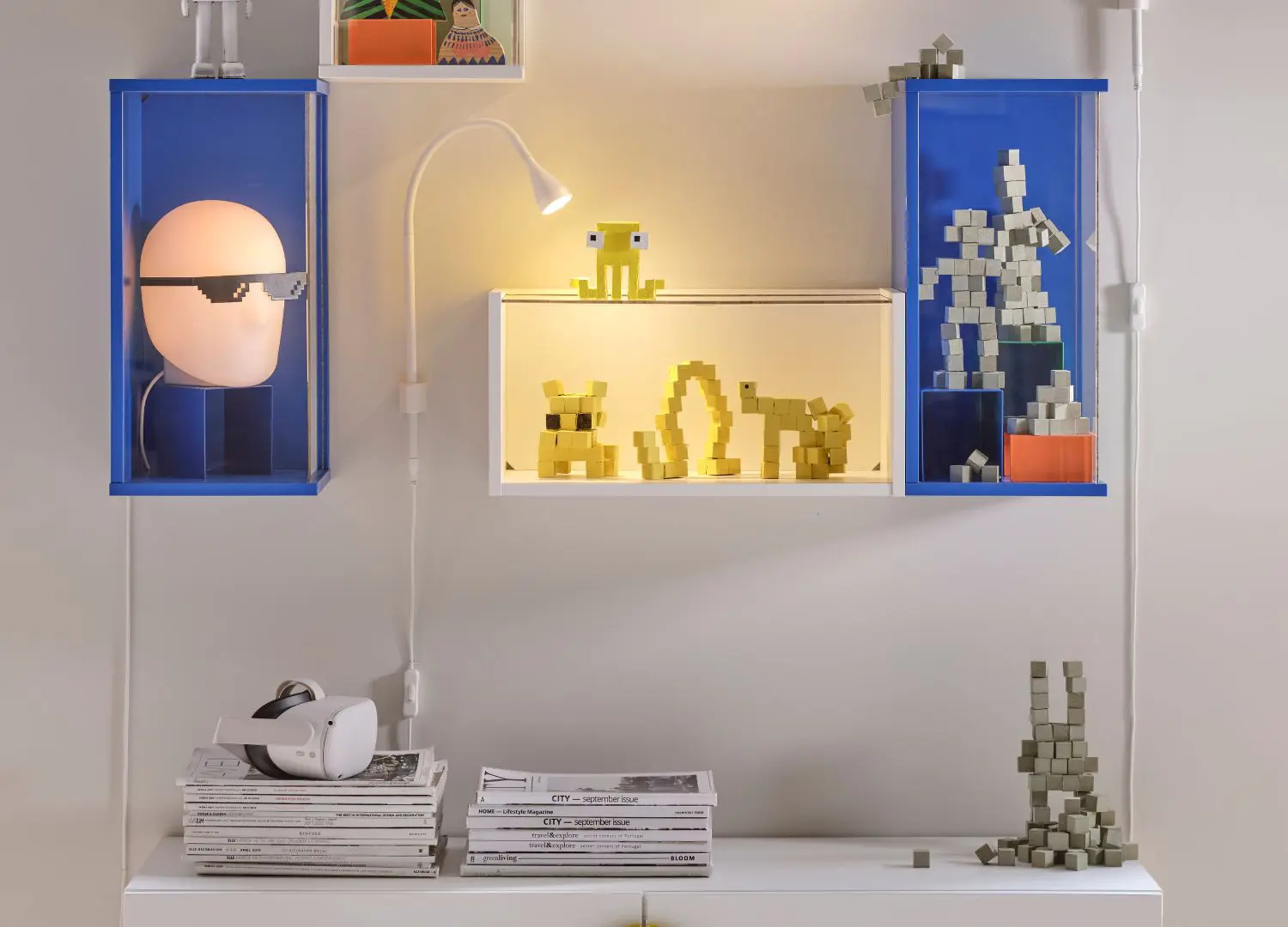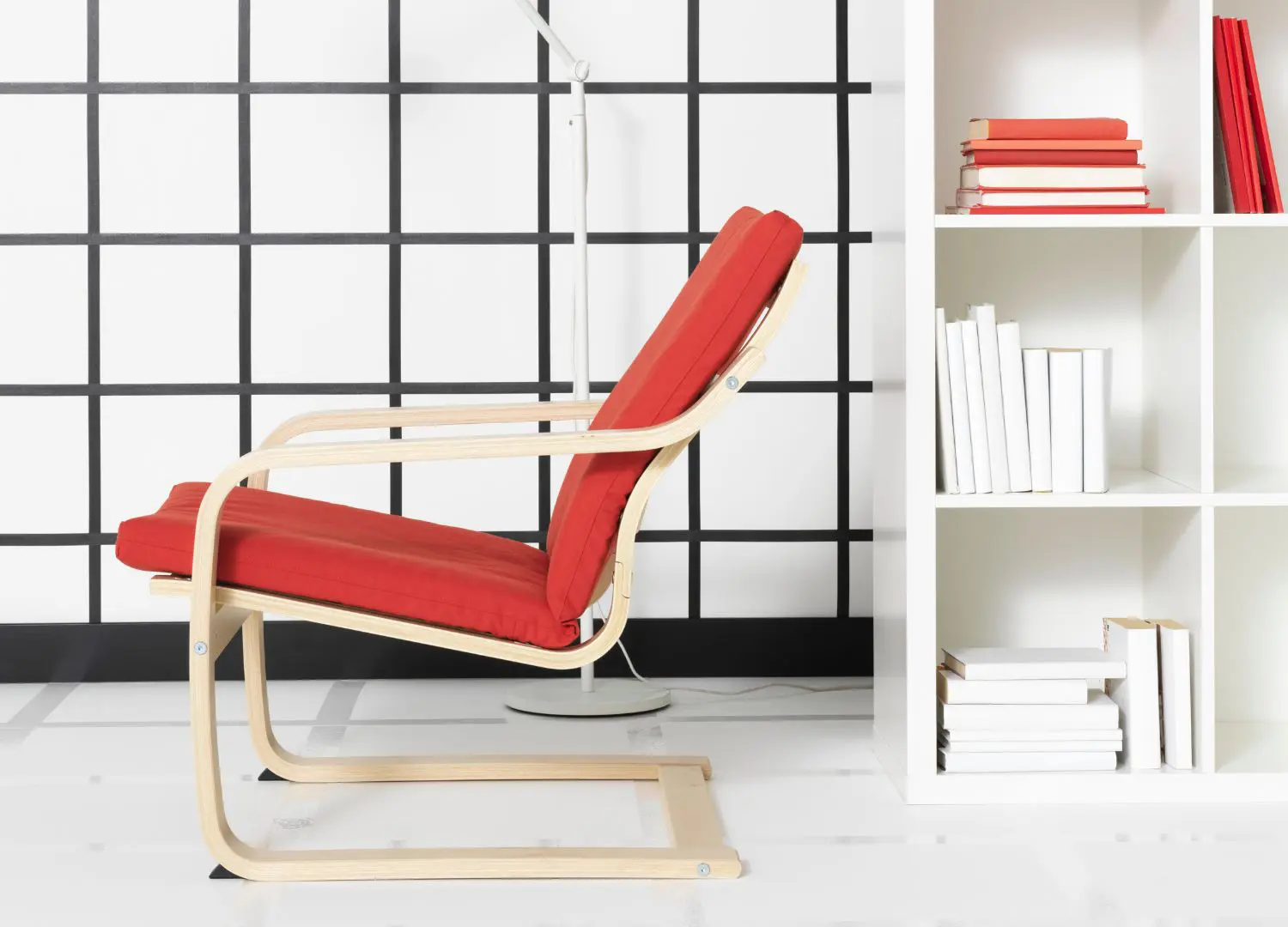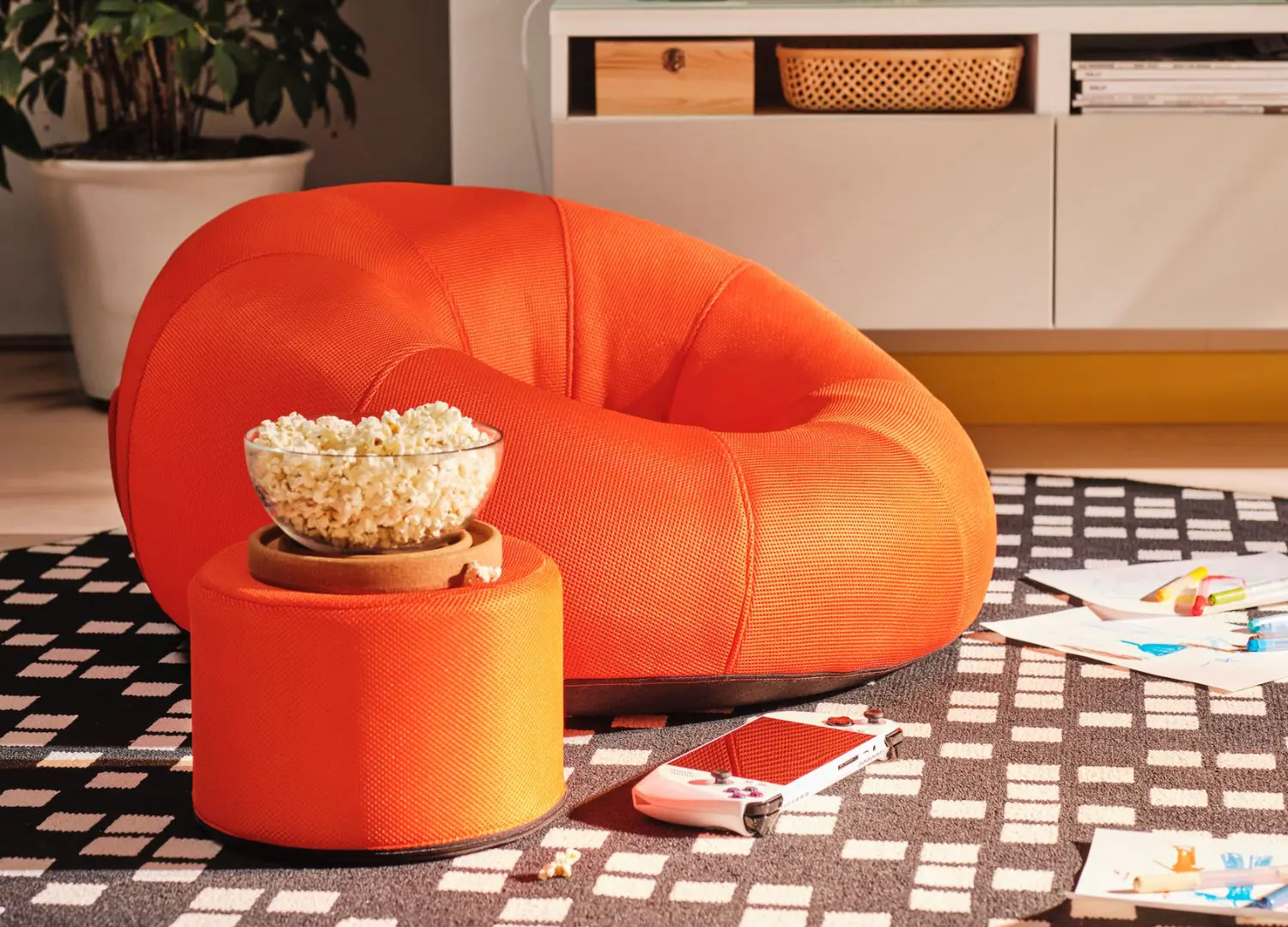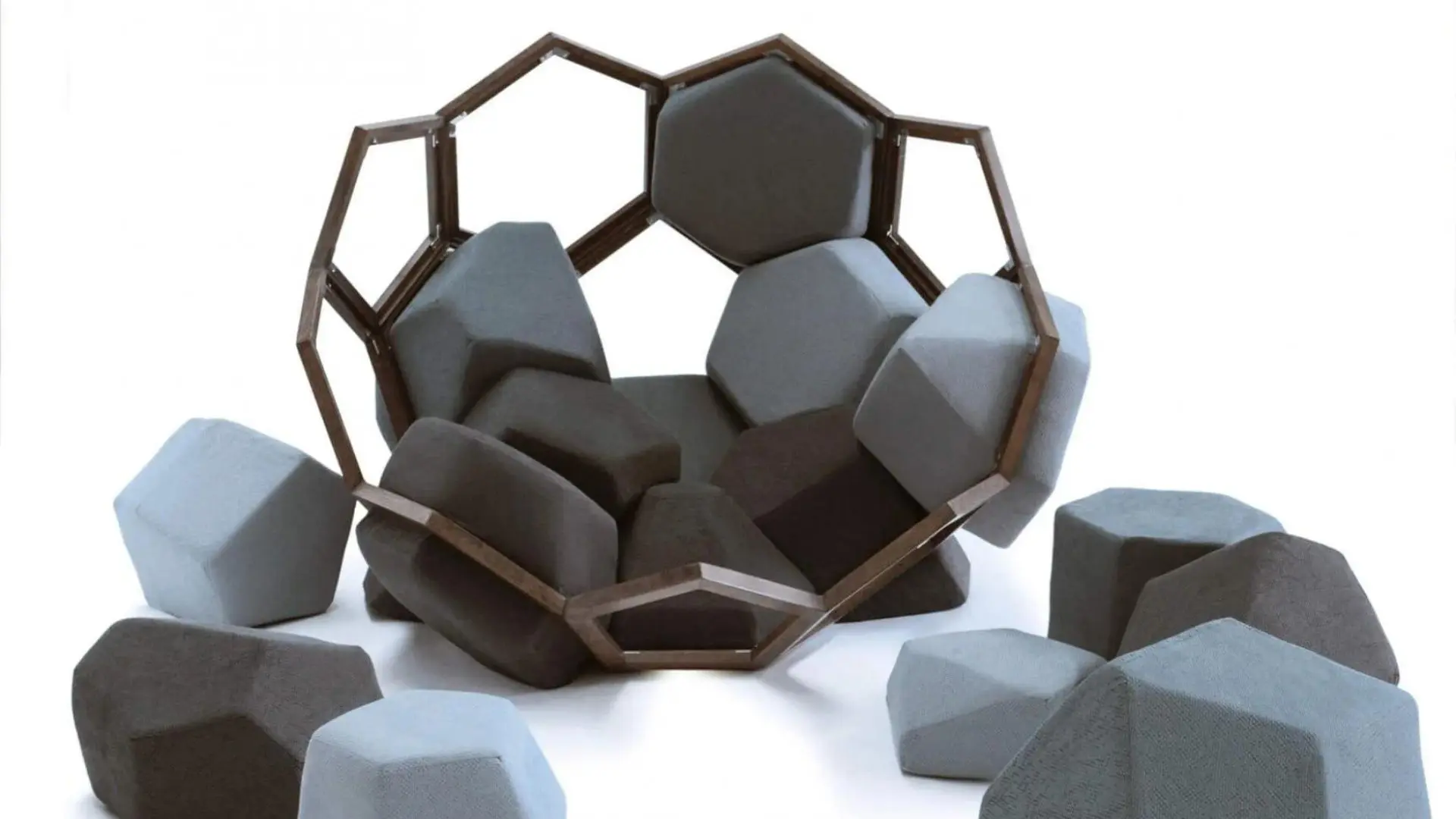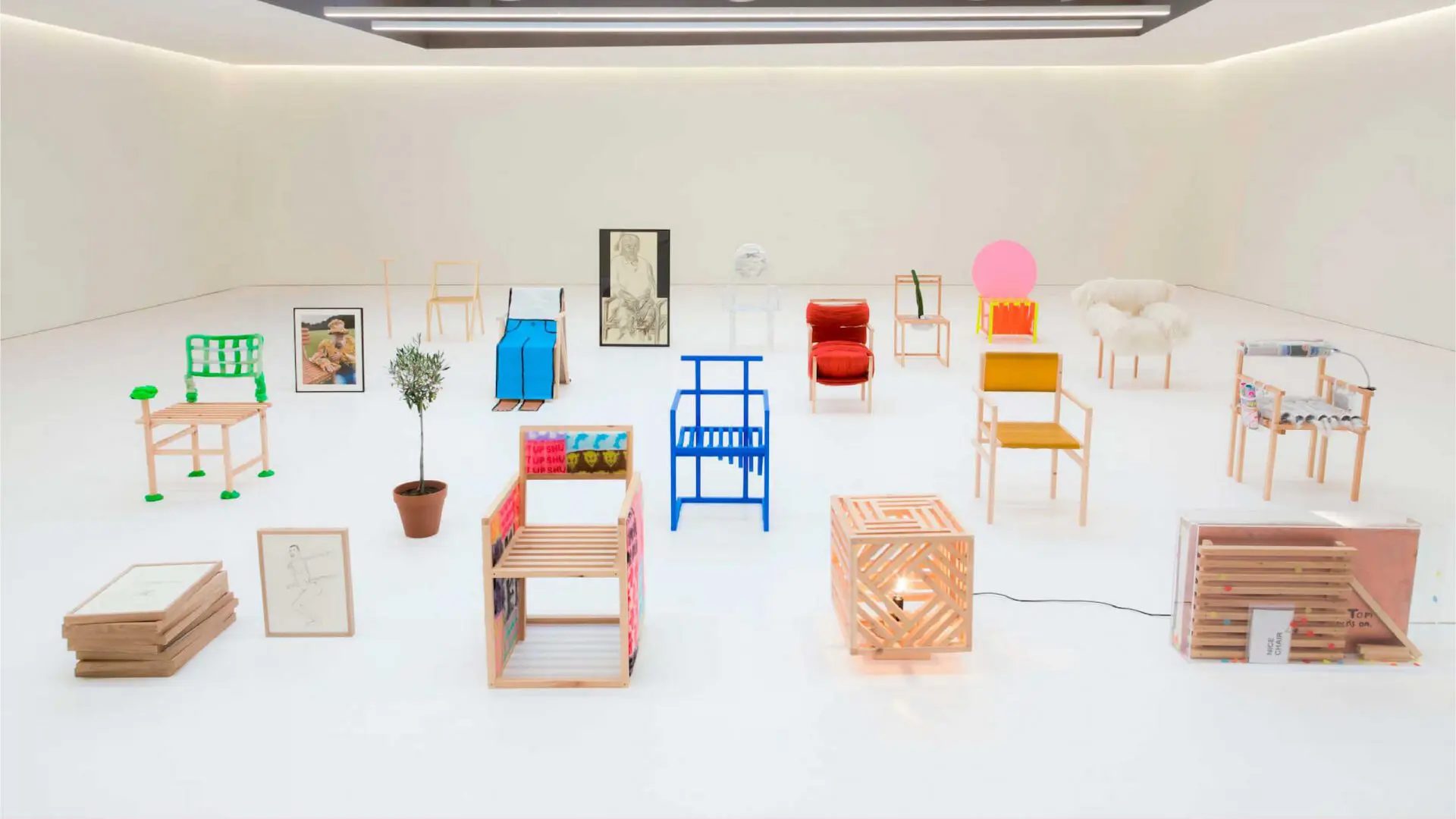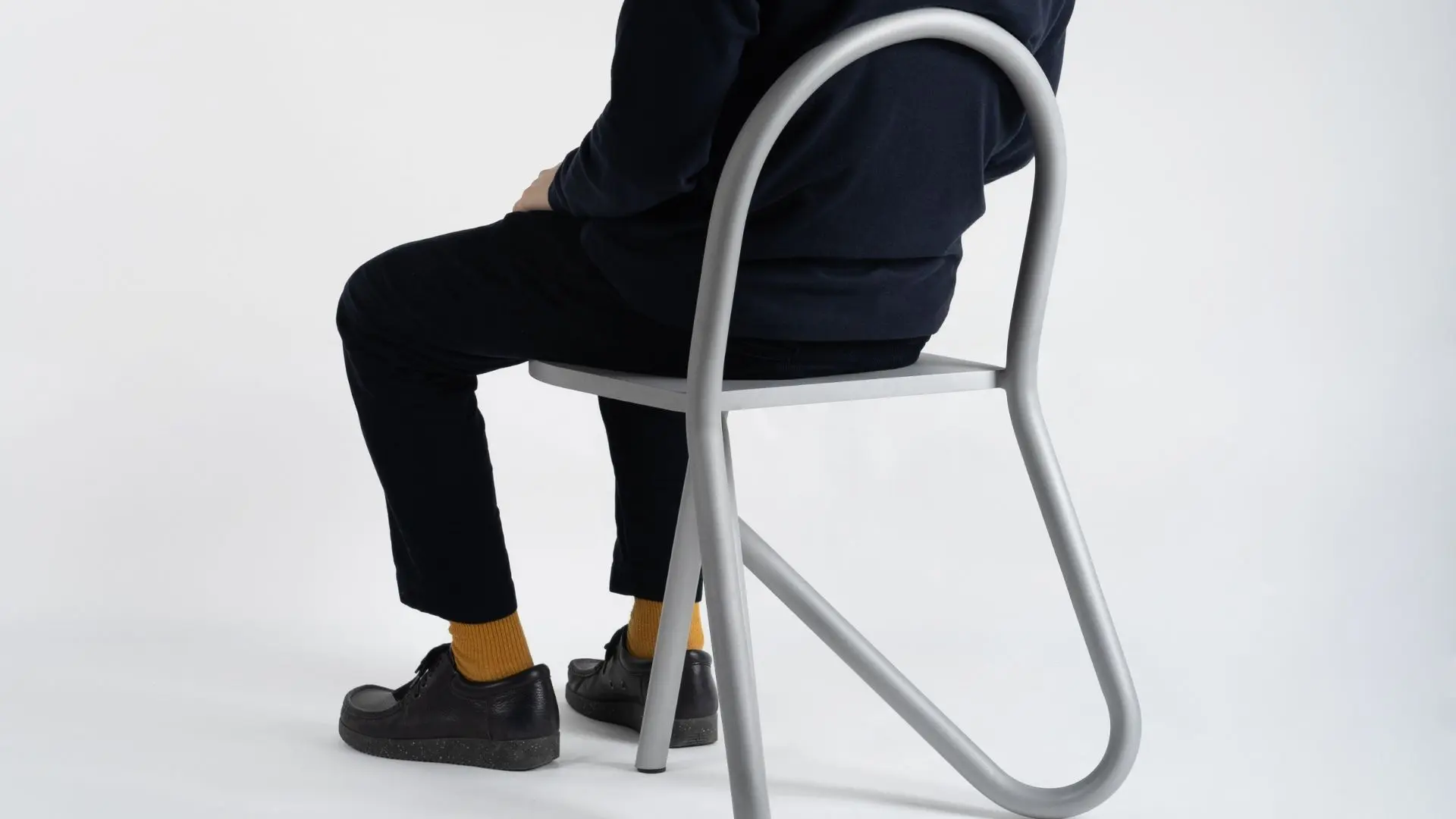Shaping the future of first homes – interview with Marcus Engman
IKEA celebrated its comeback to Milan Design Week with ‘1st,’ an exhibition that delved into the emotional aspects of embarking on the significant journey to one’s first home.
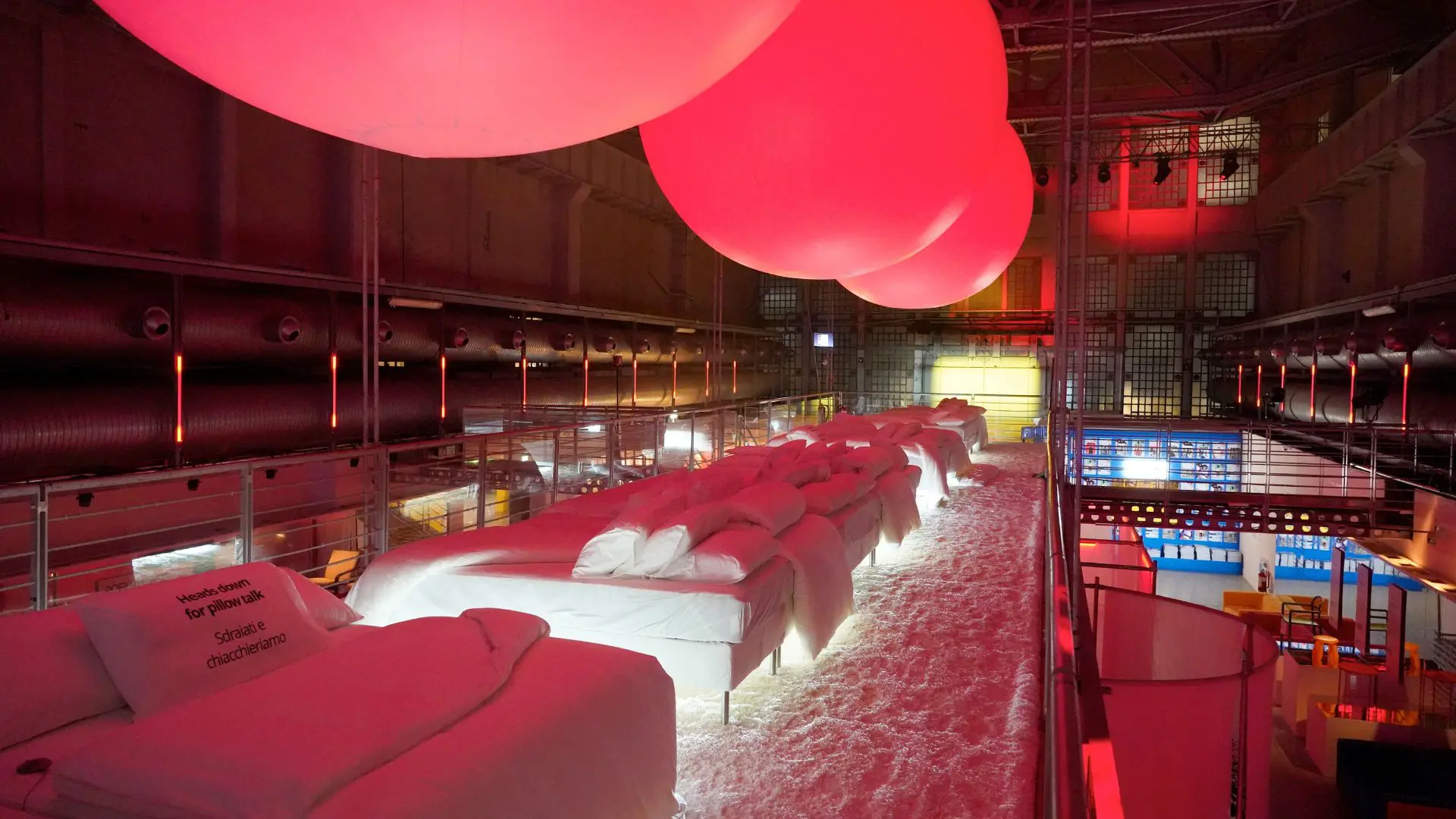
During the recent Milan Design Week, a noteworthy highlight was the exploration of the ‘first home’ concept. This focus was ingeniously selected by IKEA, which created an immersive experience aimed at narrating the journey of setting up a first home—a stage many revisit throughout their lives. Featuring iconic projects, insightful discussions, and an exciting music lineup, IKEA delved into the significance of carving out a personal space for the first time.
Additionally, the ‘1st’ theme resonated with the various inaugural experiences we encounter in fresh settings. IKEA reinforced its commitment to a human-centered approach, emphasizing the importance of aligning with the evolving lifestyles and living conditions of individuals. This involves offering products that not only meet practical needs but also fulfill emotional desires, thus enriching the real-life experience of setting up a home.
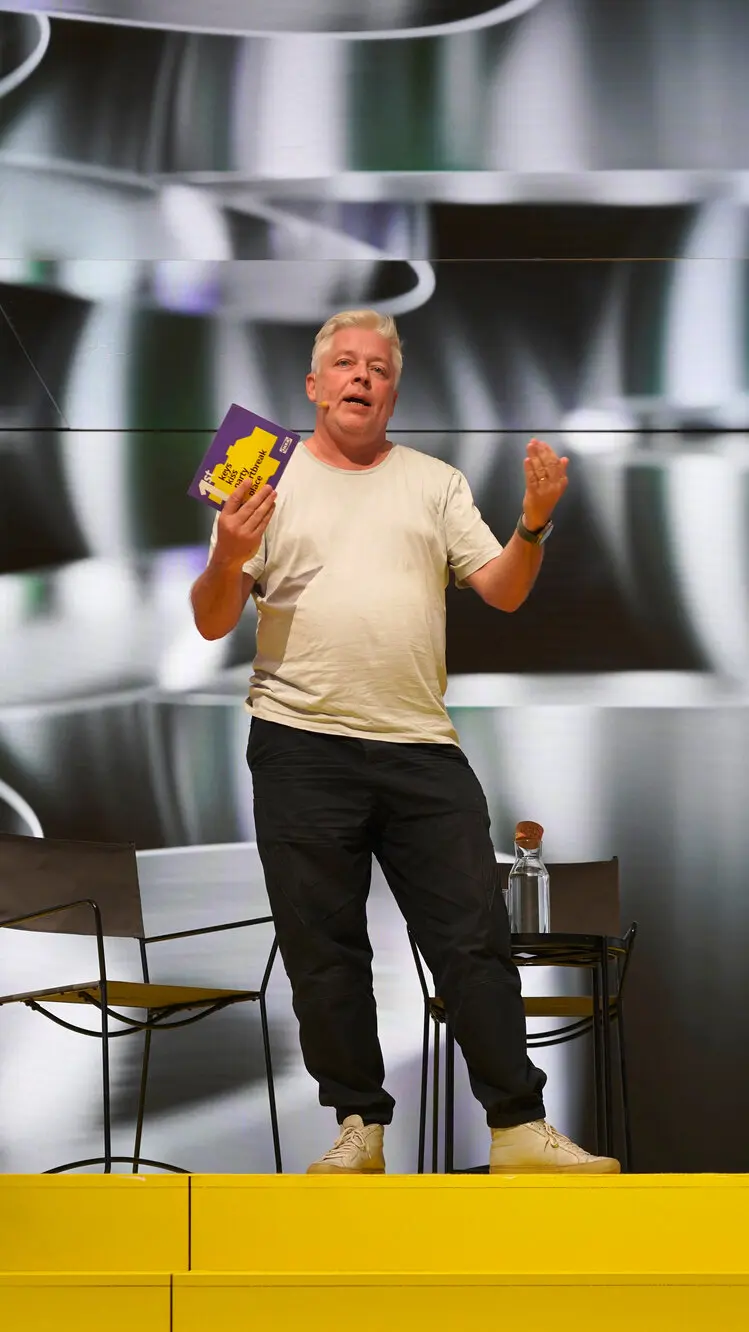
Amidst this backdrop, I had the opportunity to engage in a conversation with Marcus Engman, Creative Director at Ingka Group, to glean insights into their decision to highlight the ‘1st home’ theme during the design week and to further understand their perspective on catering to the lifestyle needs of future homeowners.
Interview with Marcus Engman – Questions:
This year’s exhibition is called ‘1st’ and aims to narrate the experiences encountered when getting a first home. Why this choice?
Marcus Engman:
“In the aftermath of the pandemic, it has become evident that individuals, particularly young adults, face significant challenges in transitioning to their first homes. The pandemic era heightened our appreciation for the sanctity of home, as we spent unprecedented amounts of time within our personal spaces, nurturing aspirations and dreams related to home life. Yet, as young people prepare to leave their parental homes, they confront a daunting economic landscape characterized by diminished financial resources and escalating needs. This mismatch between economic reality and personal aspirations is far from ideal. Recognizing this, we are committed to addressing these challenges and providing support to ease the transition to independent living in the future.”

What does IKEA consider to be essential for a first home?
Marcus Engman:
“My perspective, of course, holds value, but what truly matters is how we’ve embraced the insights shared with us, particularly by young creatives and individuals transitioning to their first homes. This isn’t merely about IKEA’s stance; it’s about listening to and learning from the youth and first-time homeowners who have illuminated what matters most to them. Their priorities become our priorities. This approach is evident in the valuable lessons we’ve gleaned from collaborations with creatives and Dazed magazine, as well as through workshops with creators. These interactions have revealed, for instance, the significance of incorporating greenery into living spaces.
This insight was a revelation to me, given my background in interior design, where I often viewed plants as decorative afterthoughts to enhance room aesthetics temporarily. However, today’s younger generation sees plant care as a nurturing activity, fostering a sense of responsibility and attachment, thus reshaping our understanding of home greenery. These insights are crucial for developing more relevant solutions. Our focus on first-time homeowners and the youth has deepened our comprehension of their lifestyle, particularly the frequent relocations many endure due to the challenge of securing affordable housing in major cities.
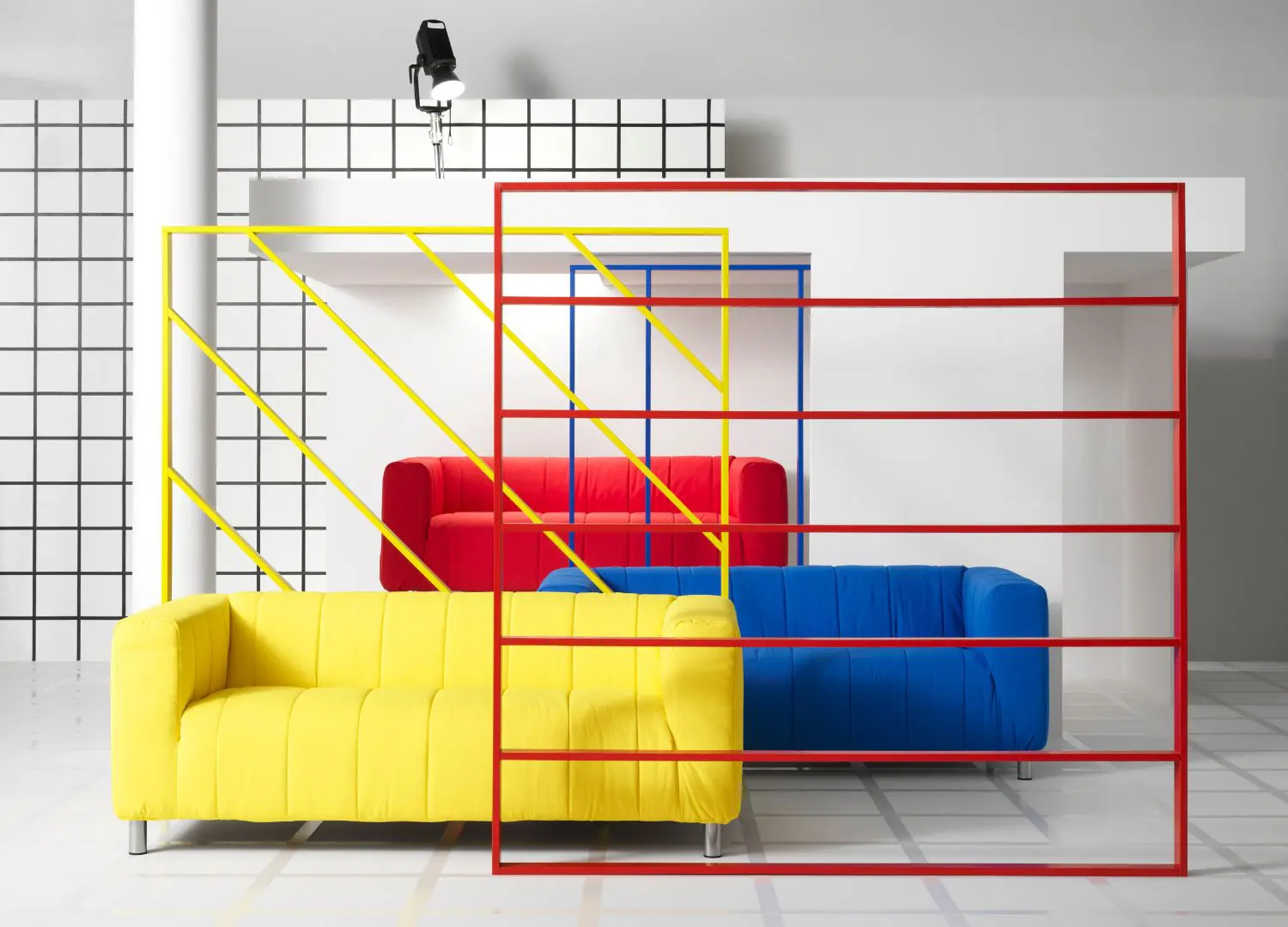
This reality necessitates designing furniture that is not only affordable and easy to assemble but also re-packable for multiple moves. Our aim is to cater to these dynamic needs with innovative, practical furniture solutions that resonate with their mobile lifestyles.”
Considerable attention has been given to Generation Z regarding the first home. Are there other situations or audiences for which, in reality, the same dynamics (first times) may apply?
Marcus Engman:
“Regarding the initial scenario discussed, it’s evident that the dynamics we observed can extend beyond specific events or audiences, impacting a broader spectrum of individuals. The concept of affordability, particularly acute for first-time homeowners given today’s economic climate, is universally relevant. Furthermore, the value placed on creativity and innovation resonates not just with the youth but across various age groups and life stages.
For me personally, creativity is essential—it’s about making a difference and driving change, which I believe is a sentiment shared by many. This idea of participatory design and production is crucial across the board. The trend towards smaller living spaces, for example, isn’t limited to those buying their first home but is a reality for many city dwellers. Our research into home life trends underscores the growing importance of one’s neighborhood, which often becomes an extension of their living space. Limited by size, individuals are turning to local coffee shops for work, restaurants for socializing, and parks as personal retreats, indicating a shift towards the neighborhood playing a critical role in the concept of home.
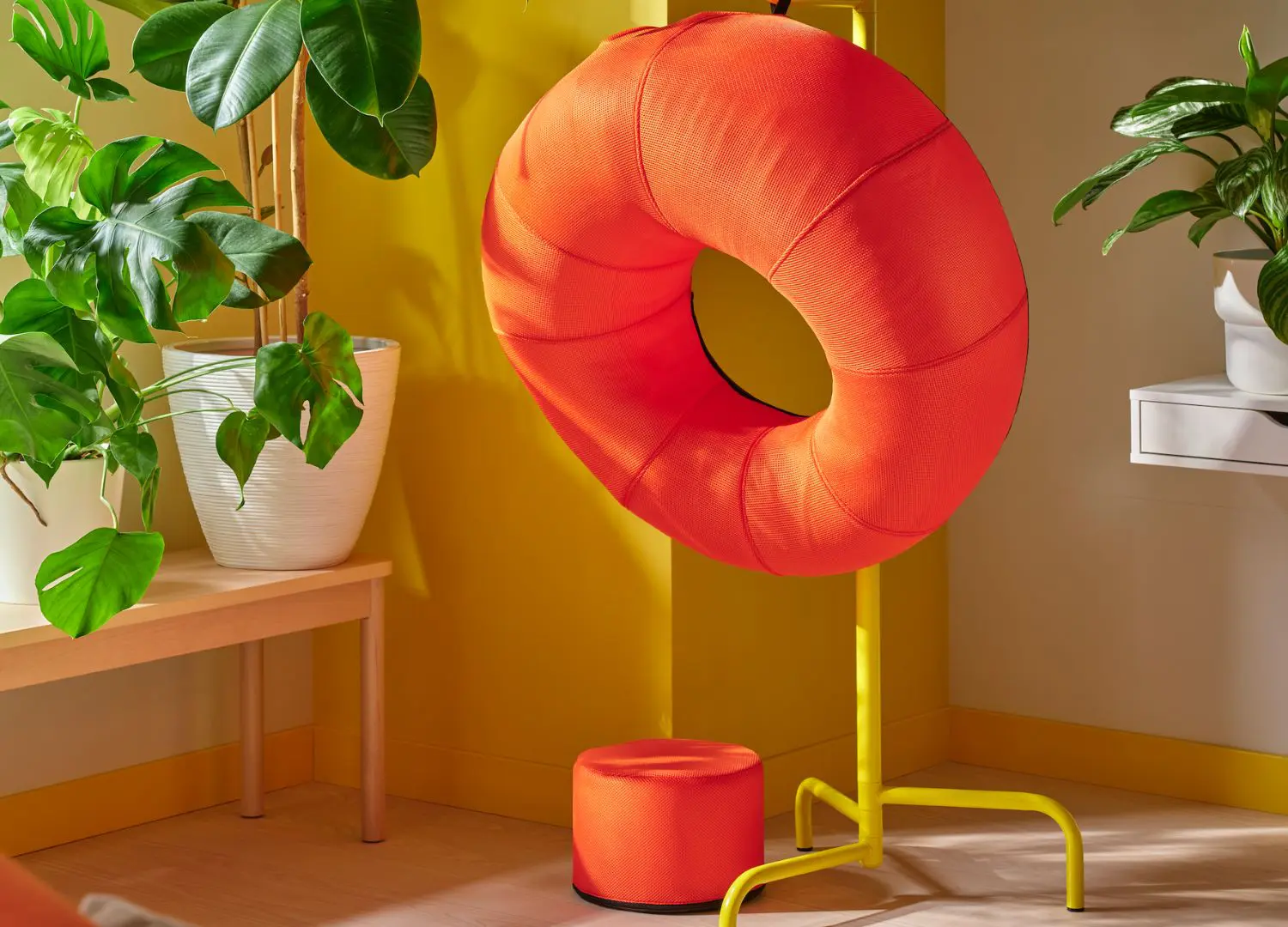
This perspective is influenced by my own experience, splitting time between Sweden and London, where the distinct character of neighborhoods significantly impacts lifestyle choices. This isn’t about selecting a place for its aesthetics but for the experiences and sense of belonging it offers. Choosing the right neighborhood is more about what makes you feel at home rather than its status symbol. This has always been my approach, and it appears to be a common consideration for many in their quest for the ideal living environment.”
From your perspective, what makes IKEA products ideal for furnishing a first home? And why?
Marcus Engman:
“Part of the appeal certainly ties back to IKEA’s philosophy of providing instant gratification. Unlike many furniture and home decor stores in Milan, where waiting weeks or even months for your purchases to arrive is the norm, IKEA stands out for its ability to meet the urgent needs of those frequently on the move. The convenience of finding everything in stock and being able to take your items home the same day simplifies the process remarkably.
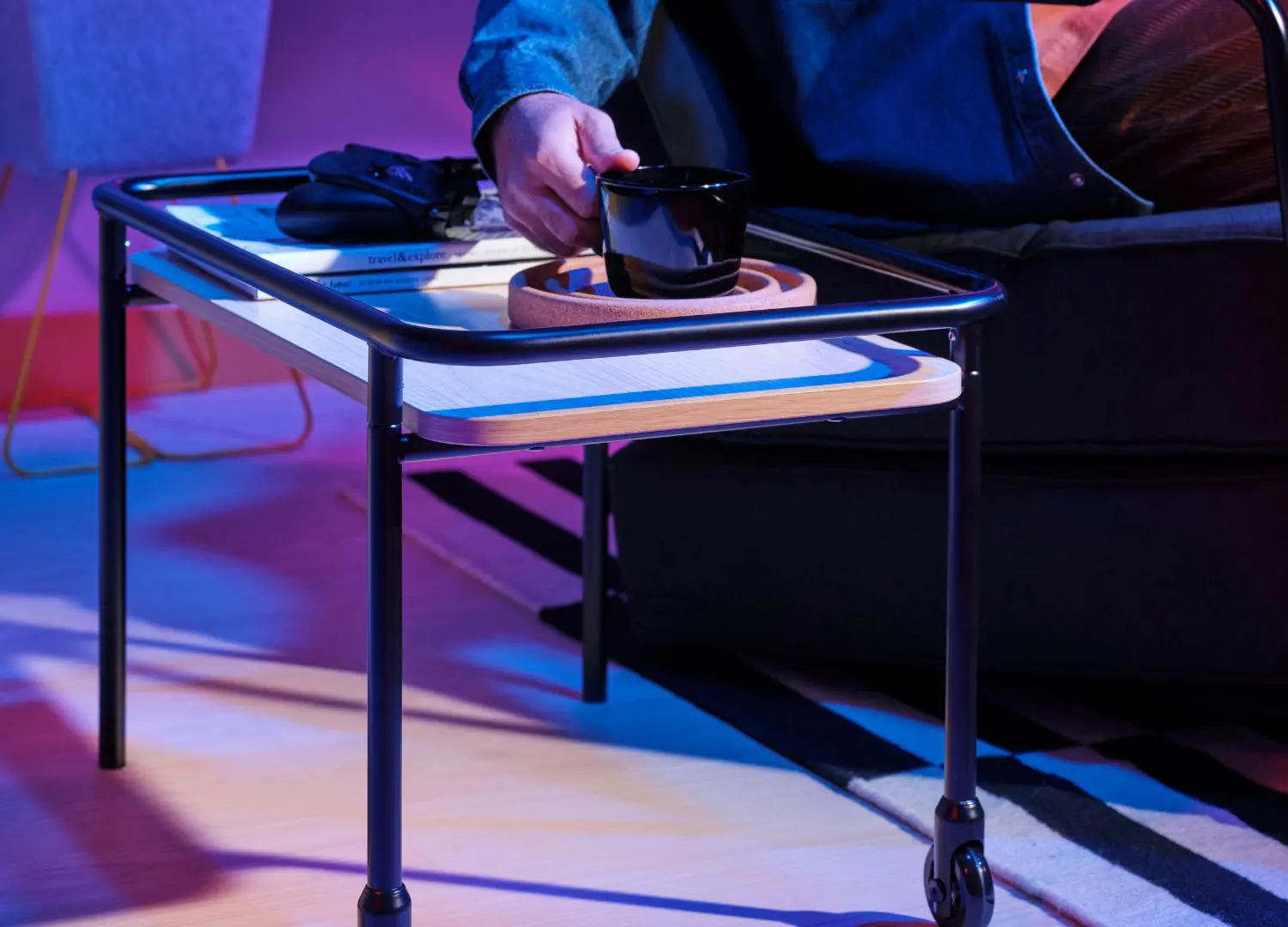
Beyond the straightforward appeal of instant acquisition, IKEA serves as a fountain of inspiration. It’s not only about the products themselves but also about the creative ideas and room setups presented, offering a form of guidance and inspiration, especially valuable to the younger demographic embarking on setting up their first homes. Many have visions and aspirations for their living spaces but lack the practical knowledge of how to bring these ideas to life.
IKEA fills this gap, providing both tangible products and the inspiration to create functional, stylish living spaces. This aspect of instant gratification, not having to delay the gratification of seeing one’s home come together, is a significant draw. The rarity of being able to purchase and immediately enjoy these home solutions makes IKEA a unique shopping destination.”
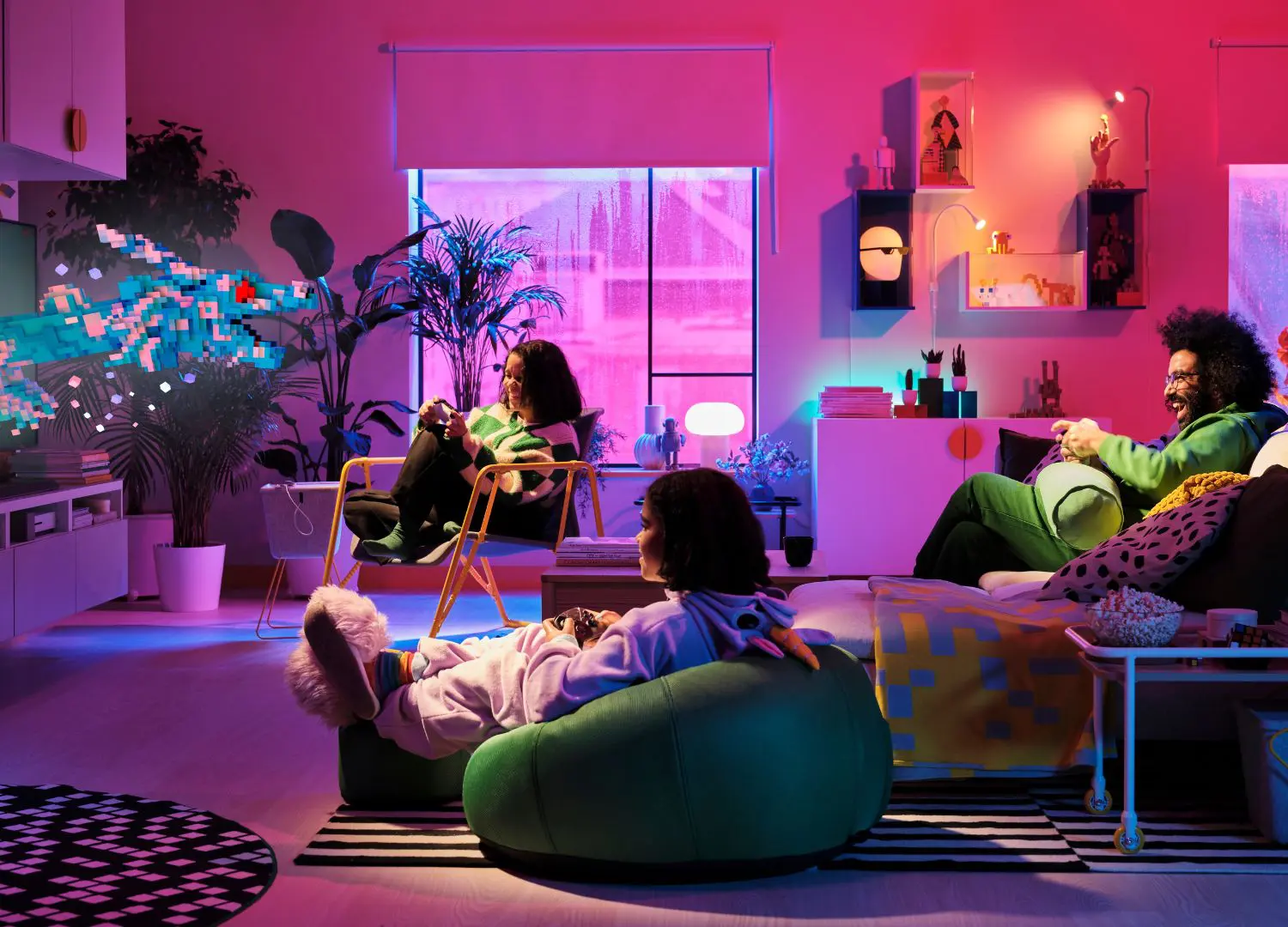
In one of your keynote speeches, there was a focus on design within the gaming industry. What motivated you to highlight this sector so prominently?
Marcus Engman:
“Primarily, the decision to focus on design within the gaming industry resonates deeply with our core philosophy, as gaming fundamentally aligns with the initial home setup for many. Today’s generation universally engages with gaming, making it a ubiquitous part of modern life. Historically, gaming aesthetics have skewed towards darker, more masculine designs, which we aimed to diversify. We recognize that not every gamer fits the stereotype of being deeply engrossed in intense games like Counter-Strike daily; casual gaming has a significant following. Catering to this broader audience was crucial for us.
Additionally, this focus has roots in a compelling narrative that began during my tenure as head of design, where we collaborated with Area Academy, a gaming community in Sweden, to create performance gear from IKEA products, including 3D-printed items. This partnership was a revelation, underscoring the gaming sector’s vastness and its underrepresentation in furniture design and manufacturing. Recognizing gaming as a substantial aspect of many people’s lives, we felt compelled to contribute positively to this space.
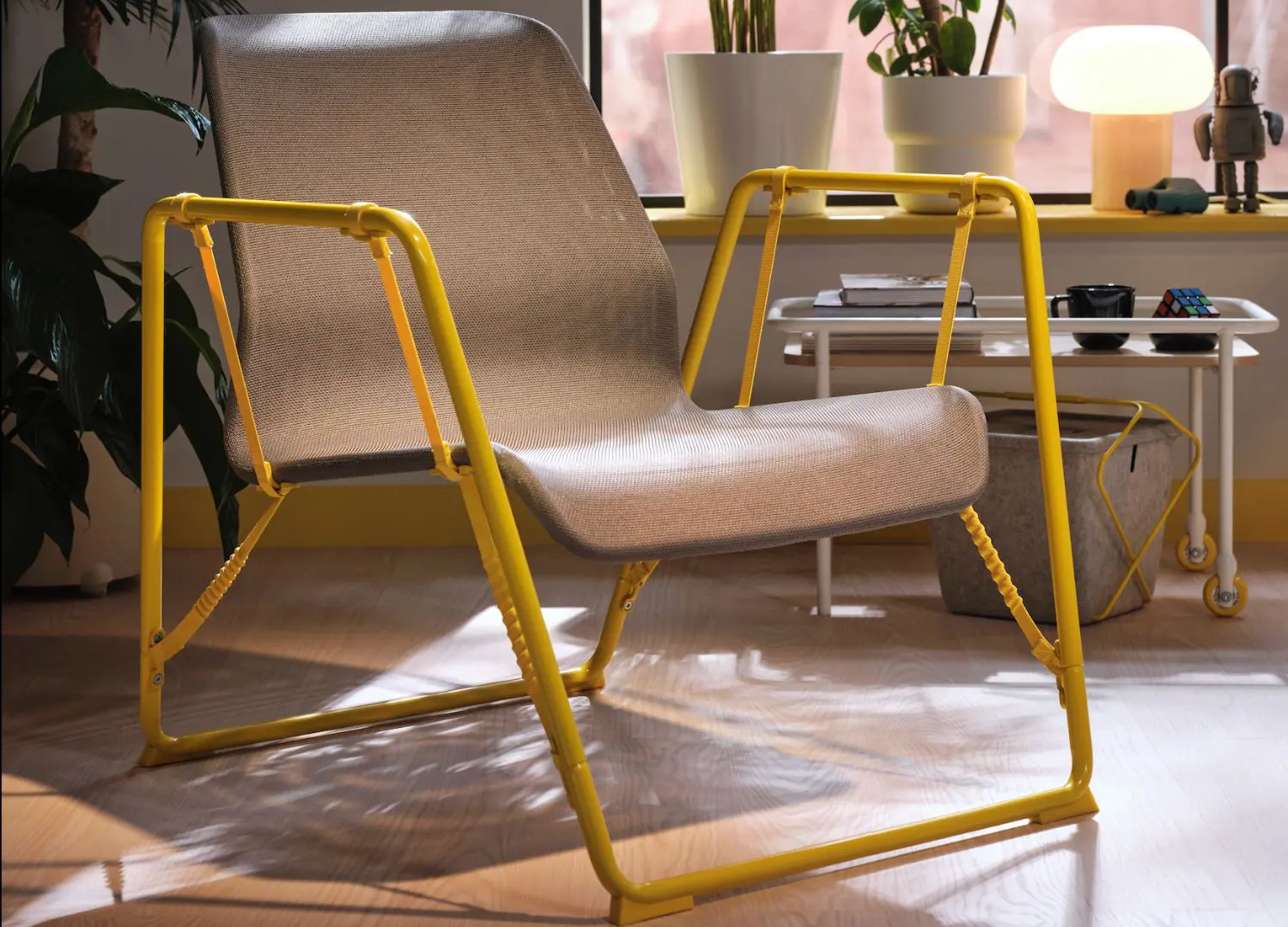
Moreover, the need for intelligent, versatile furniture solutions in gaming spaces is evident. Our aim is not to produce items exclusively for gaming but to offer multi-functional pieces that enhance sustainability and adaptability within homes. For example, the versatility of a particular yellow chair highlights our commitment to creating furniture that, while suitable for gaming, can seamlessly integrate into various home settings and purposes. This approach embodies our dedication to sustainable, multi-use design principles.”





